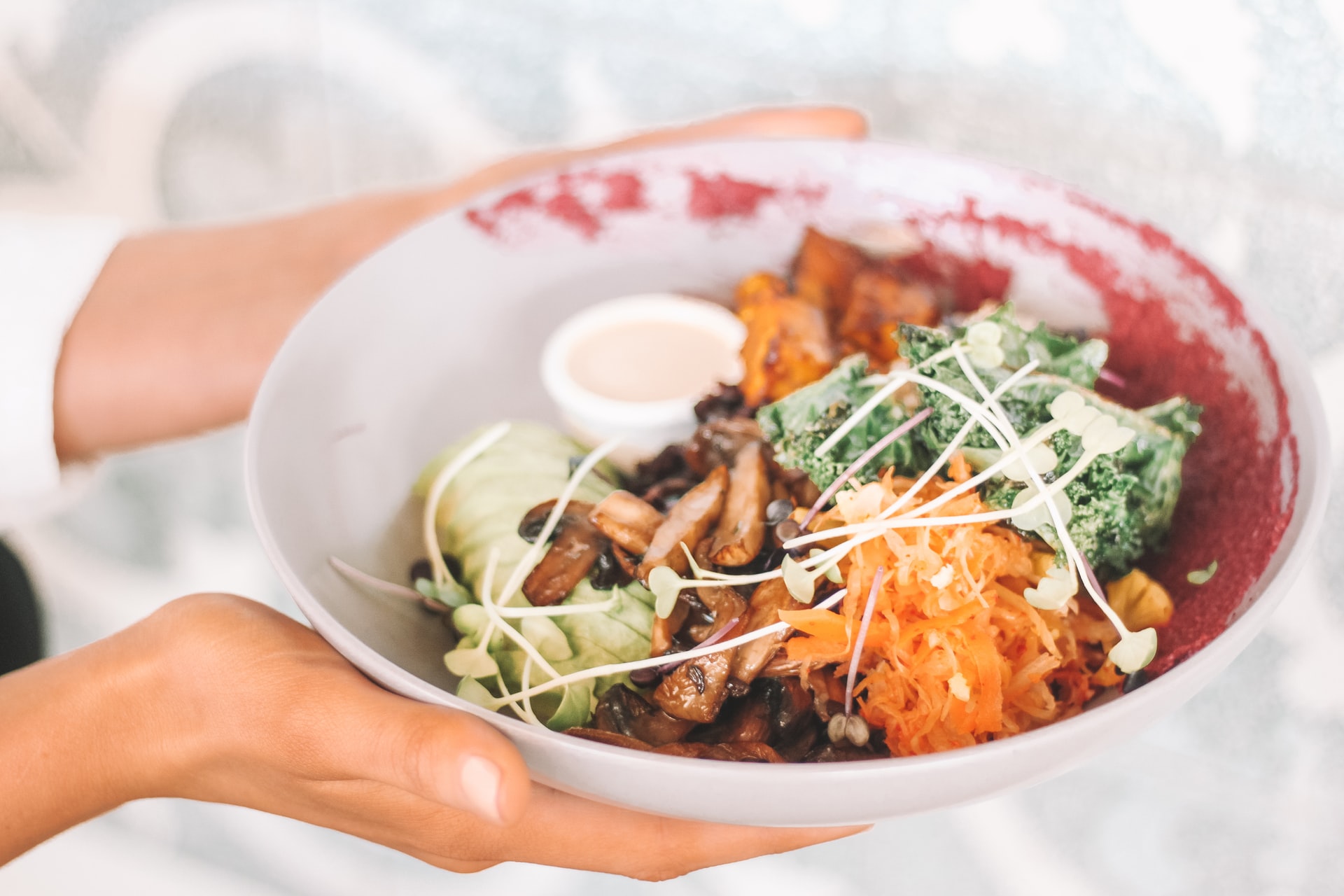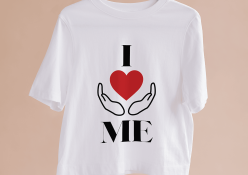Banting, Paleo, low GI, or a high protein diet… Are you as confused as we are?
These days, choosing an eating plan to shed those unwanted kilos can be perplexing with all the choices of diets out there. Here’s what you should take into consideration when deciding which one is best for you.
The low-GI diet
A low-GI diet is based on the fact that not all carbs are digested and absorbed at the same rate or speed, says Liesbet Delport, a registered dietitian, and research- and development manager of the GI Foundation of SA (Gifsa). Your body needs carbs to function optimally, but the trick is choosing good carbs, says Liesbet. ‘Low-GI carbs (slow carbs) are digested and absorbed much slower into the body, do not cause a blood glucose spike and excessive insulin release, and consequently do not wear out the pancreas’ beta cells that help prevent diabetes,’ she says. ‘High-GI carbs (fast carbs) do exactly the opposite, predisposing people to diabetes.’ When it comes to weight loss, regulating your blood sugar and controlling cravings is key. ‘Our bodies need carbs (about 50% of total kJ), protein (about 20% of total kJ) and fat (about 30% of total kJ), and so a balanced, low-kilojoule diet that is carb-, fat- and protein-smart is not only much easier to follow and sustain, but also much healthier than any fad diet,’ says Liesbet.
The raw food diet
Whatever you eat, it has to be raw or warmed to nothing higher than 47°C – that’s the tenet of raw foodists. The core idea? Raw food is packed with enzymes, vitamins and phytonutrients that are destroyed if they’re heated beyond this point. And more than just being ‘raw’, your organic- and fresh produce must also not be processed, irradiated or genetically modified. While a raw food diet can promote weight loss due to the severely restricted kilojoule intake, says registered dietician Toby Amidor in the journal Today’s Dietician, there can be nutritional and health consequences associated with eliminating cooked foods. ‘There’s a risk of nutrient deficiency when raw food enthusiasts don’t consume dairy, meat or fish,’ says Toby. ‘Plus, certain foods such as beans and grains typically aren’t eaten since they need to be cooked; this can lead to additional deficiencies if the nutrients aren’t obtained through other sources or supplementation.’
The Banting diet
Kalsey Visser, a registered dietitian with Alex Royal Dietetics, says Banting involves a low-carb, high-fat (LCHF) diet, usually with a carbohydrate intake of less than 25 g per day. ‘Banting is considered appealing as far as diets go because you can load up on all the meat and fats as you want, only monitoring your intake of carbohydrates,’ explains Kalsey. ‘And due to the state of ketosis your body goes into, weight loss usually occurs quite rapidly too.’ Kalsey believes that Banting can be beneficial for some people. ‘Individuals who are obese and insulin resistant, and who do not have familial high cholesterol, may find the Banting diet helpful to them,’ she says. ‘Ideally, however, you will do a genetic test to check if you metabolise fats sufficiently. A LCHF diet, where saturated fat isn’t restricted, can be unhealthy if you struggle with lipid metabolism.’ Kalsey explains that genetic testing forms part of nutrigenomics, the study of the interaction between nutrition and genes. ‘But Type 1 diabetics, individuals who are unable to maintain the high costs of Banting, and those with a family history of high cholesterol should stay away,’ she warns.
The Paleo diet
The Paleo diet is defined as adopting a modern healthy diet and lifestyle that’s consistent with our genetic heritage as hunter-gatherers or cavemen, explains nutritional therapist Hannah Kaye. ‘This means that the diet should be high in grass-fed, free-range proteins, healthy fats, plenty of vegetables and some fruit. It excludes all grains (including gluten-free ones), all legumes, all dairy and all processed foods,’ she explains. Hannah says the Paleo diet works as a weight-loss plan for the simple reason that removing all grains, processed food and dairy will automatically help shed kilos. ‘We know a high intake of grains is associated with insulin resistance and weight gain,’ Hannah says, ‘if you cut the grains, insulin levels usually come down. The removal of dairy and legumes has more to do with gut-immune issues than weight loss.’ Choosing Paleo is certainly healthier than the regular Western diet, which is extremely low in nutrients, says Hannah. ‘Paleo can be incredibly powerful because it forces you to change the way you eat and think about food.’ But when it comes to a long-term weight loss, Hannah says there are some things to consider: ‘You can’t overeat on other foods because you’ve given up grains.’
Words: Emily Bisset | Image: Unsplash







